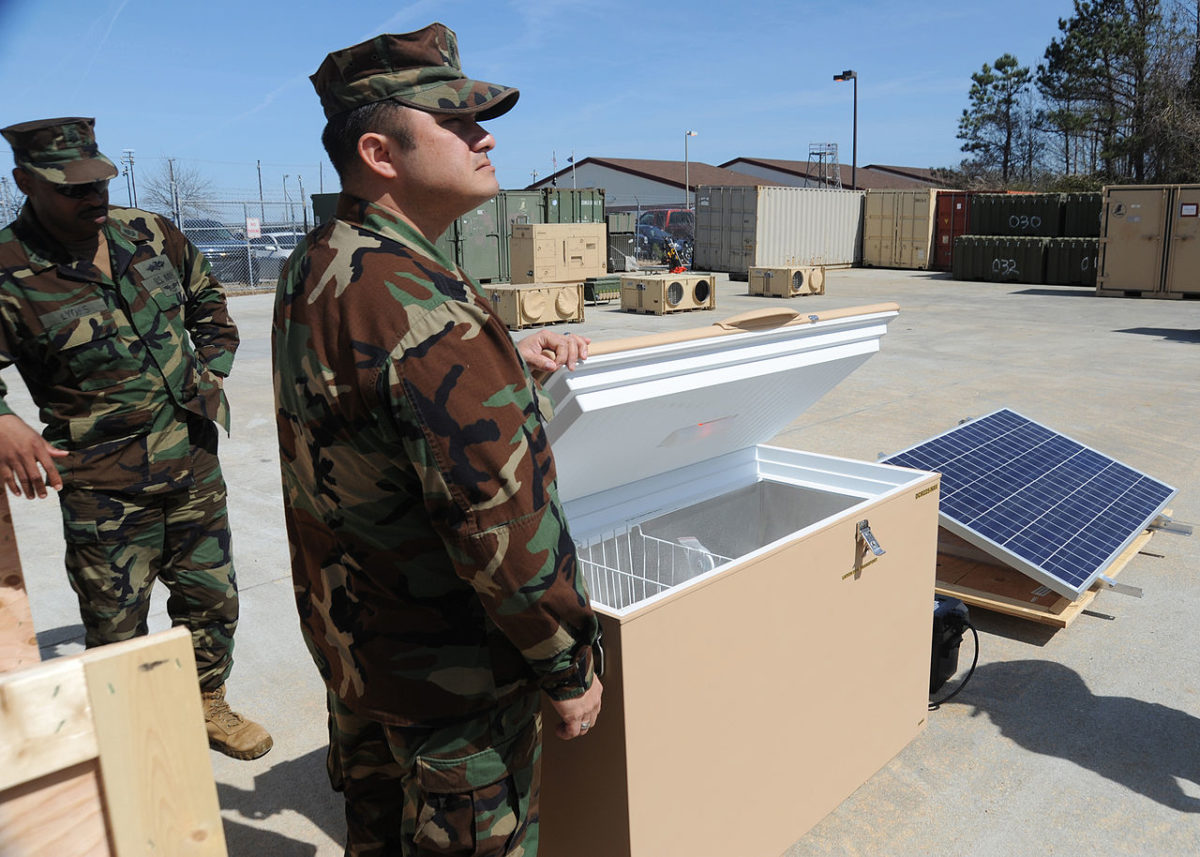Researchers from Qassim University in Saudi Arabia have looked at how different solar technologies could be used for refrigeration purposes. They have found that PV has the biggest potential for such applications, especially in hot climates.
They considered PV along with other two solar technologies – photovoltaic thermal collectors (PVT) and concentrating photovoltaic thermal collectors (CPVT). They compared the performance of these technologies for compression, absorption, adsorption, desiccant, and ejector cooling cycles.
“The types of cooling cycles coupled with PV panels are limited,” they said, noting that solar panels are commonly used to meet energy demand from compression refrigeration, which is critical for vaccine preservation, domestic refrigerators, and ice makers. “The main reasons for using PV panels are their high power-to-weight ratio, compactness, easy installation, and lack of movable parts.”
The scientists said that two critical considerations for the development of PV refrigeration systems are exergy efficiency and exergy destruction values.
“The exergy destruction has been reported considerably high on the PV panel,” they said. “Besides, in a refrigeration system, the compressor mainly considers exergy destruction. So, the best performance results are investigated by varying system parameters to maximize the exergy efficiency and minimize the exergy destruction.”
The group offered recommendations for project designers and future research. They said the solar panels should be always connected directly to variable speed compressors and argued that more compressors should be used to improve overall system efficiency. They also suggested using an ice storage tank as a cost-effective way to eliminate the need for inverters and batteries. In addition, they said that higher numbers of PV modules could guarantee a refrigerator’s viability on cloudy days.
“Domestic refrigerators work on a compression cycle, and combining them with PV might produce an acceptable result in locations where electricity is scarce,” they said. “One of the most significant issues with this technology is that it is ineffective throughout the winter and rainy days when little solar energy is available.”
They presented their findings in “Photovoltaic and Photovoltaic Thermal Technologies for Refrigeration Purposes: An Overview,” which was recently published in Arabian Journal for Science and Engineering. The paper also describes the challenges and opportunities for projects based on PVT and CPVT panels.
This content is protected by copyright and may not be reused. If you want to cooperate with us and would like to reuse some of our content, please contact: editors@pv-magazine.com.




Refrigeration coupled with heating/hot water is the “Holy Grail” of Solar HVAC…
With PV Efficiency around 20% today and a COP of 4.5(for heating) and COP of 3.5 (for cooling/refrigeration)… you get 160% Efficiency [0.2(4.5+3.5) =1.6]….
Additionally use DC Motors (variable speed) and Thermal Storage to Optimize Costs, Performance as well as eliminating (troublesome, short life and expensive) Batteries, Inverters etc…
With lower irradiation in winter and cloudy days… the system design will have to “work around it” …. (Refrigeration/Cooling needs are also much lower in winter/cloudy days .. and offsets the lower Irradiationn Levels and performance too).
This study from Qassim University highlights a fascinating intersection of solar energy and refrigeration — a field that’s becoming increasingly important in hot climates where cooling is both essential and energy‑intensive.